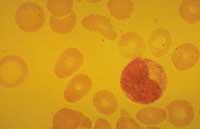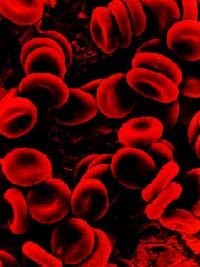Immune cells produced in the skin
2002/11/06 Roa Zubia, Guillermo - Elhuyar Zientzia

The immune system cells distribute blood throughout the body. Originally in the bone marrow, white blood cells reach any point of the infection thanks to the circulatory system. Thus, among other things, the cells that work specifically in certain organs act.
For example, skin needs specific dendritic cells to protect against external attacks: Langerhans cells. These cells detect external attacks and, if necessary, "call" T cells to launch a solid defense system. But how is the skin supplied to Langerhans cells? Do they come from the blood or are new cells formed in the skin itself?
In response, a team at Stanford University in the United States designed an experiment. The circulatory systems of two mice were joined so that both have the same blood flow. Thus, what carried the blood reached two mice, while the skin was of each mouse and what happened in one did not have to happen in the other. In addition, he had changed a mouse gene. This gene participates in the creation of Langerhans cells, so one of them generated modified cells, so that scientists could know who was the owner of each of the cells generated.

At 10 days after the experiment began, the white blood cells were in two mice dragged by the blood. However, six months later, each mouse had its own Langerhans cells. Therefore, scientists have come to the conclusion that the stem cells of dendritic cells are found in the skin and not in the bone marrow, and, when necessary, they are produced in it. However, in the case of skin injury, Langerhans cells are renewed from blood flow.
According to scientists, this characteristic of the skin is very interesting for those who need bone marrow transplant, since the strange marrow can attack the immune system, in which case the skin would generate new Langerhans cells.

Gai honi buruzko eduki gehiago
Elhuyarrek garatutako teknologia






